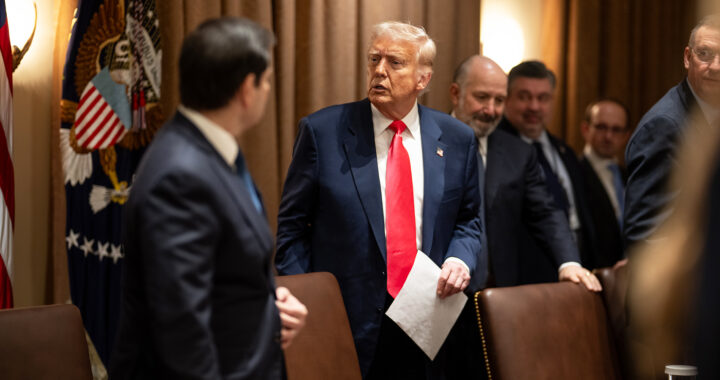The second Trump administration is risking a full-blown constitutional crisis. Trump and his senior officials have openly criticized federal judges in the public and defied several court orders. Some advisors have also argued that Trump and the executive branch hold the ultimate power because the judiciary branch of the federal government lacks enforcement mechanisms. Nonetheless, as part of its resolve to disregard the judiciary branch, the Trump administration has adopted a strategy for implementing its executive orders.
Moving Fast: A Brief Explainer on the “Move Fast” Strategy of the Second Trump Administration
How Does It Work?
The “move fast” strategy of the second Trump administration is a deliberate approach to executing policies quickly before legal challenges can catch up. The main goal is to implement controversial decisions or executive orders, particularly in areas like immigration and executive power, while courts are still in the process of reviewing them.
Senior officials and close Trump allies argue that the federal judges lack enforcement power. Some advisers even assert that the authority of the president, especially regarding national security and foreign policy, is superior to court rulings and overall judicial oversight. However, despite this, the White House expects courts to stop its actions.
The aforementioned is the reason why the Trump administration has deliberately used a strategic approach that involves enforcing executive orders and other presidential directives as fast as possible before the courts can intervene and subsequent rulings can take effect. This approach is effective for controversial actions and policies.
Why Does It Matter?
Remember that a particular presidential directive from the administration or executive order must be challenged first in court via a lawsuit. The court then must evaluate the merits of the case, hear arguments, and issue rulings. The entire process can take weeks to months. Trump and his allies are moving faster than the entire legal system.
In addition, even if a particular federal court rules against an already-enforced executive order or presidential directive, reversing the enforcement can become a logistical and political challenge. The administration then proceeds to challenge the relevant ruling or criticize the overall judicial authority while refusing to reverse actions.
The “move fast” strategy is essentially a calculated legal and political maneuver designed to push executive power to its limits by acting swiftly on the enforcement of executive orders or presidential directives, daring courts to intervene, and betting that enforcement mechanisms will be too slow or weak to stop agenda of the administration.





